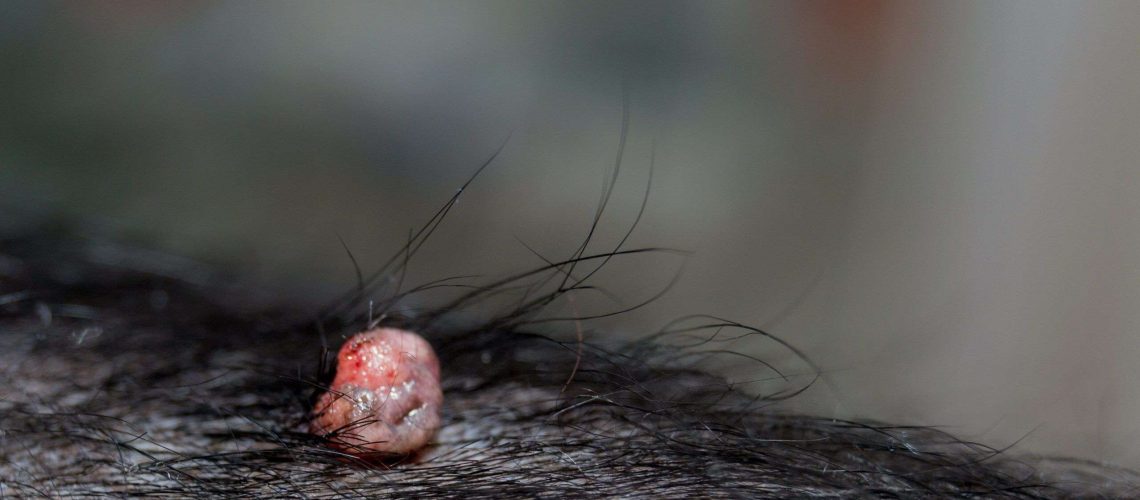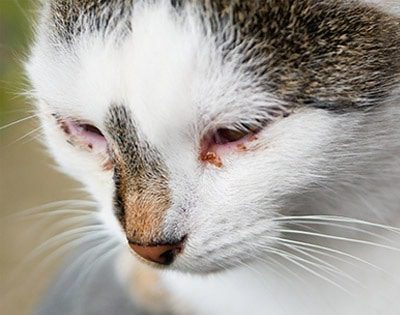Key Takeaways:
- Warts on dogs are common and usually harmless growths caused by a viral infection.
- Most warts on dogs will go away on their own without any treatment.
- If a dog's wart is causing discomfort or interfering with daily activities, it can be removed through surgical or non-surgical methods.
- It is important to differentiate between warts and other skin conditions, as some may require different treatments.
- To prevent the spread of warts, avoid contact with infected dogs and keep your dog's immune system strong through proper diet and exercise.
Are you a dog lover? If so, then understanding the topic of warts on dogs is essential for you. These seemingly harmless growths can actually tell us a lot about our furry friends' health and well-being. By delving into this subject, you will not only gain valuable knowledge but also learn how to spot potential health issues early on.
Did you know that approximately 50% of all dogs develop warts at some point in their lives? That's right! So let's explore the fascinating world of warts on dogs and uncover the secrets they hold. Get ready to discover a whole new level of understanding and care for your four-legged companions!
What are dog warts and how do they form?
Dog warts, also known as canine viral papillomas, are small growths that appear on a dog's skin. They are caused by a virus called the canine papillomavirus. This virus is highly contagious and can be spread through direct contact with an infected dog or by sharing objects such as toys or food bowls.
When a dog comes into contact with the virus, it enters their body through small cuts or abrasions in the skin. Once inside, the virus starts to multiply and causes cells in the skin to grow abnormally, resulting in the formation of warts.
How do dog warts look like?
Dog warts usually appear as small, round bumps on the skin. They can be pink, brown, or gray in color and have a rough texture. In some cases, they may have a cauliflower-like appearance with tiny projections sticking out from the surface.
Where do dog warts commonly occur?
Dog warts can occur anywhere on a dog's body but are most commonly found on the face, lips, mouth, and eyelids. They can also appear on the paws and legs. It is not uncommon for dogs to have multiple warts at once.
Can dogs get warts from humans or other animals?
No, dogs cannot get warts from humans or other animals. The canine papillomavirus that causes dog warts is specific to dogs and does not infect humans or other species.
However, it is important to note that there are different types of papillomaviruses that affect humans. These viruses can cause human-specific warts but cannot be transmitted to dogs.
How can dogs get infected with the papillomavirus?
Dogs can become infected with the canine papillomavirus by direct contact with an infected dog. This can happen through activities such as playing, grooming, or sharing toys or food bowls.
It is also possible for a dog to become infected indirectly by coming into contact with surfaces or objects that have been contaminated with the virus, such as shared bedding or kennel surfaces.
Are all dog warts harmless or can they cause problems?
Most dog warts are harmless and will go away on their own without any treatment. They may cause mild discomfort or itching for the dog, but they do not usually pose any serious health risks.
However, in some cases, dog warts can become infected. If a wart becomes red, swollen, painful, or starts oozing pus, it may be a sign of infection. In these cases, it is important to seek veterinary attention to prevent further complications.
Can dog warts affect a dog's quality of life?
In general, dog warts do not significantly impact a dog's quality of life. Most dogs continue to eat, play, and behave normally even if they have warts. However, if the warts are located in sensitive areas such as the mouth or eyes and cause discomfort or interfere with normal functions like eating or vision, they may affect the dog's well-being.
Can dogs transmit warts to other animals?
Dogs can transmit canine papillomavirus to other dogs but cannot transmit it to other animals such as cats or humans.
If you have multiple pets and one of them has warts, it is advisable to keep them separated until the affected pet recovers to prevent spreading the virus to other animals.
How can you tell if your dog's wart is infected or needs a vet?
If you notice any changes in your dog's wart, it is important to monitor it closely for signs of infection. Some indications that the wart may be infected include:
- Redness and swelling around the wart
- Pain or tenderness when touched
- Discharge or pus coming from the wart
- A foul odor
- A change in color or texture of the surrounding skin
If you observe any of these signs, it is recommended to consult a veterinarian. They will be able to examine the wart and determine if further treatment or intervention is necessary.
What will a veterinarian do for an infected dog wart?
If a dog's wart is infected, a veterinarian may recommend treatment options such as:
- Cleaning the area with antiseptic solutions
- Prescribing antibiotics to fight off the infection
- In some cases, removing the wart surgically or through cryotherapy (freezing) if deemed necessary
Veterinary advice should always be sought when dealing with an infected dog wart to ensure proper care and prevent complications.
Common treatments for dog warts that you can try at home
In most cases, home remedies are not necessary for treating dog warts as they typically go away on their own without intervention. However, there are some things you can do at home to help speed up the healing process and alleviate any discomfort your dog may experience. Here are a few common treatments:
- Keeping the affected area clean and dry
- Avoiding excessive scratching or picking at the wart to prevent infection
- Boosting your dog's immune system through a balanced diet and regular exercise
- Using over-the-counter wart creams or ointments specifically formulated for dogs (consult with a veterinarian before use)
It is important to note that these home remedies should only be used for uncomplicated warts. If you are unsure about the severity of your dog's wart or if it is causing significant discomfort, it is best to consult with a veterinarian for proper diagnosis and treatment.
How to prevent your dog from getting warts
Preventing your dog from getting warts can be challenging as the virus is highly contagious. However, there are some steps you can take to reduce the risk:
- Avoid contact with dogs that have visible warts or other signs of illness
- Avoid sharing toys, food bowls, or bedding between dogs
- Clean and disinfect shared surfaces regularly, especially in multi-dog households or kennels
- Maintain good hygiene practices by regularly bathing and grooming your dog
- Ensure your dog receives regular vaccinations to strengthen their immune system against viral infections
While these preventive measures can help reduce the risk of your dog contracting warts, it is important to remember that no method is foolproof. If you suspect your dog has been exposed to an infected dog or shows signs of warts, consult with a veterinarian for guidance on appropriate precautions and treatments.
In conclusion, warts on dogs are common and usually harmless. Although they may cause discomfort or itchiness, most warts will go away on their own without treatment. It is important to monitor the warts and consult a veterinarian if they become infected or bothersome to ensure the well-being of our furry friends.
How do you get rid of warts on dogs?
If your dog has warts in certain areas like the eyelid or paw, your vet might suggest removing them through methods like electrocautery (burning), cryotherapy (freezing), or sharp resection (cutting). Removing some warts may cause the others to gradually disappear.
What does warts look like on a dog?
Dog warts are easily recognizable and have a distinct appearance. They often resemble a small brain or cauliflower head, have a dark color, and can be round, oval, or irregularly shaped. These warts appear suddenly in clusters on your dog's skin.
Are dog warts contagious to humans?
Canine viral papillomas, also known as dog warts, are easily spread among young dogs but older dogs have a higher resistance to the infection. However, there is no need to worry about getting a wart from your dog as this virus only affects dogs and does not pose a risk to humans or other animals.
Should I worry if my dog has warts?
While warts on dogs are typically harmless unless they are injured or infected, there is a rare possibility that they can develop into squamous cell carcinoma, a type of skin cancer that needs to be treated. In order to determine if a dog wart has become cancerous, further investigations are necessary.
How contagious are dog warts?
These dogs can easily spread the virus to other dogs, but it cannot be passed on to humans or other pets. Although it usually does not pose a significant threat to the overall health of dogs, it can cause other issues and discomfort.
Does apple cider vinegar get rid of dog warts?
Avoid using home remedies such as apple cider vinegar for dog warts. The high acidity can cause a painful chemical burn for your dog. Disregard any internet advice suggesting that this is a suitable solution. Even when diluted, there is no evidence to support the effectiveness or benefits of using apple cider vinegar for this purpose.

















